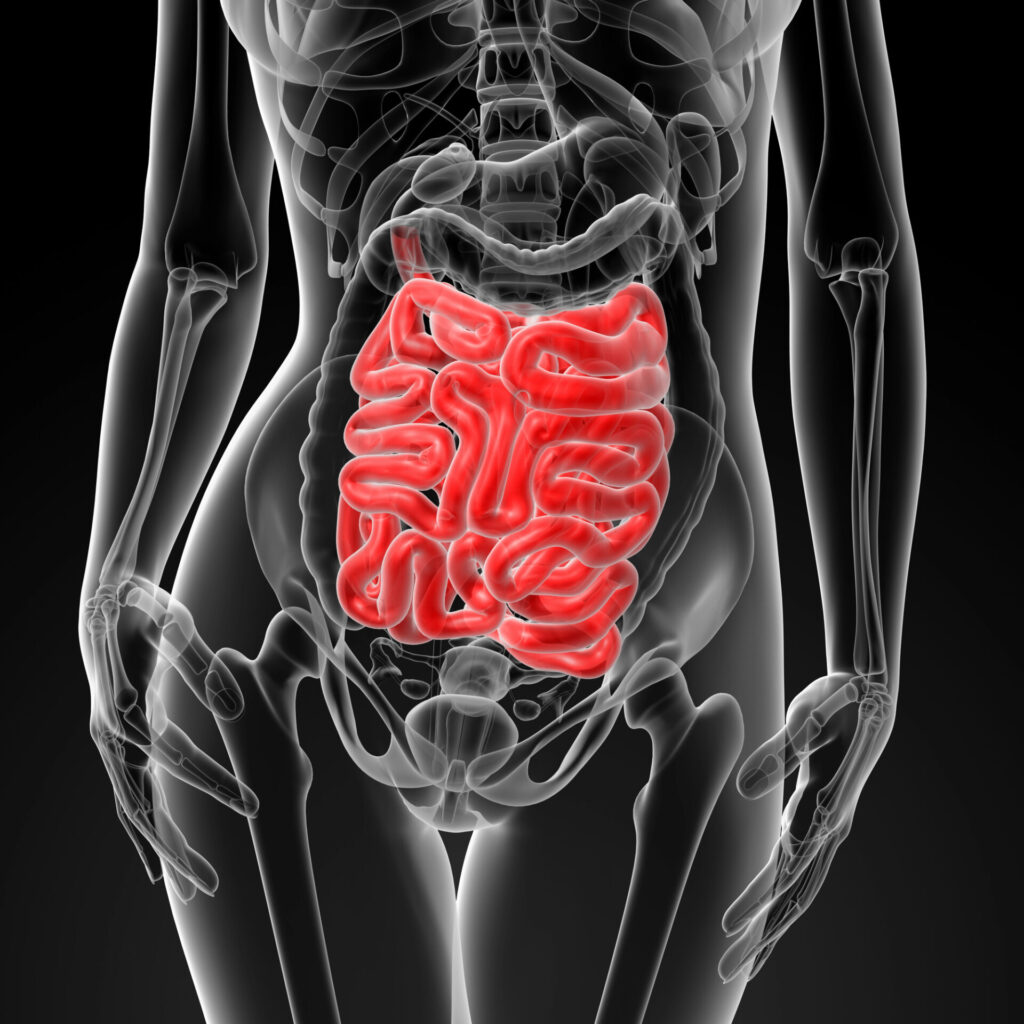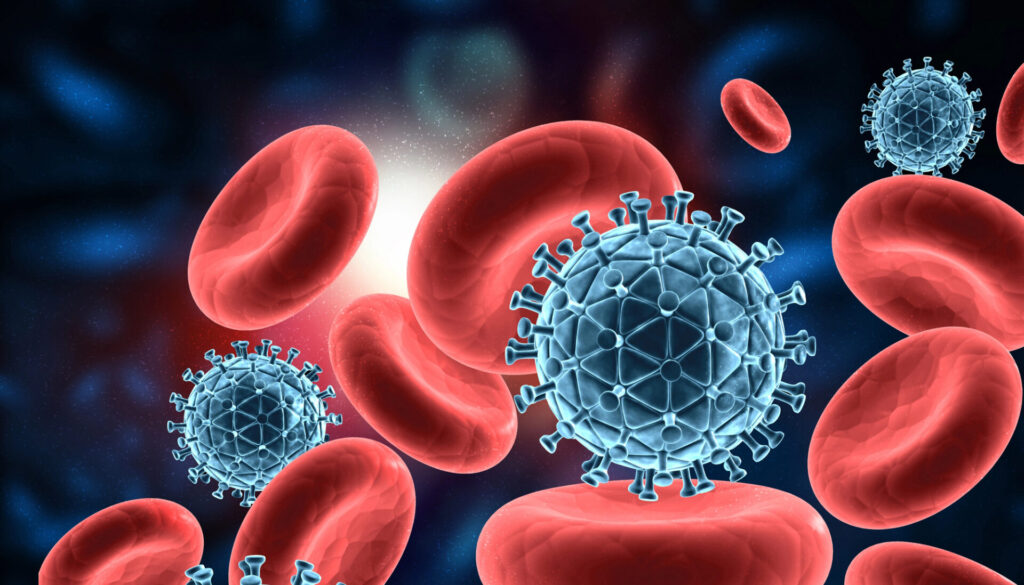In Part 1, we discussed the various ways in which our brain and microbiome communicate.
Here is a summary of what was presented:
- Sensory neurons located in the gut detect changes in the gut environment and relay signals to the enteric nervous system.
- The enteric nervous system then processes this sensory information and generates local reflexes that can modulate gut motility, secretion, and blood flow.
- The enteric nervous system also communicates with the central nervous system via the vagus nerve.
- Hormones produced by gut cells can also enter the bloodstream and affect physiological functions such as appetite and mood.
- The gut microbiota influences the gut-brain axis by producing neurotransmitters, short-chain fatty acids, and other metabolites that impact various pathways, including the immune system, tryptophan metabolism, the vagus nerve, and the enteric nervous system.
Read on to learn more about these interplaying systems that form the gut-brain axis.
The Immune System
70-80% of the body’s immune cells are in the gastrointestinal tract. The immune system and the gut microbiota form a relationship where they assist and regulate each other. The gut microbiota can stimulate the immune system by producing molecules that can activate immune cells and promote the production of anti-inflammatory cytokines. The microbiota can also help to maintain the integrity of the gut epithelial barrier, which is crucial for preventing the entry of harmful pathogens into the body. A healthy diet and lifestyle support beneficial bacteria that support healthy immune function. On the other hand, stress and an inflammatory diet can increase harmful bacteria lowering systemic immune response and increasing inflammation.
Tryptophan Metabolism
Tryptophan is an essential amino acid that can be metabolized by the gut microbiota into various metabolites, such as serotonin, kynurenine, and indole derivatives. These metabolites can influence various physiological and psychological functions, including mood, cognition, and immune function. Because serotonin cannot cross the blood-brain barrier, the brain relies on tryptophan as a precursor to form serotonin.
Vagus Nerve
The gut microbiota can activate the vagus nerve, which is a major pathway for communication between the gut and the brain. Not only is the vagus the longest nerve in the human body and part of the autonomic nervous system, but it is also the quickest and most direct path between the gut and the brain. The microbiota produce molecules that can bind to vagal receptors and stimulate the release of neurotransmitters, such as acetylcholine, which can affect gut motility, secretion, and inflammation.
Enteric Nervous System
The gut microbiota can influence the enteric nervous system (ENS) through several mechanisms. Sensory neurons in the gut wall detect changes in the gut environment, such as the presence of food, nutrients, and harmful pathogens. These neurons send signals to the ENS, which contains millions of neurons that can operate independently of the central nervous system. The ENS processes the sensory information and generates local reflexes that can modulate gut motility, secretion, and blood flow. Additionally, the ENS sends signals to the central nervous system via the vagus nerve, which is the largest cranial nerve and connects the gut to the brainstem. Hormones produced by gut cells, such as ghrelin, leptin, and cholecystokinin, can also enter the bloodstream and reach the brain, where they can modulate appetite, mood, and other physiological functions. The gut microbiota can modulate these pathways by producing neurotransmitters, short-chain fatty acids, and other metabolites that can affect the activity of the enteric nervous system and the release of gut hormones.
Short Chain Fatty Acids
The gut microbiota can ferment dietary prebiotic fibers and produce SCFAs, such as acetate, propionate, and butyrate. These SCFAs can serve as an energy source for the gut epithelial cells and can also affect various physiological functions, including gut motility, hormone secretion, and immune function. For example, butyrate has been shown to have anti-inflammatory properties and can promote the production of regulatory T cells, which can help to prevent autoimmune diseases.
Gut Bacteria and Neurotransmitters
Both our gut microbiota and brain make and react to the same neurochemicals. These include, but are not limited to, GABA (gamma-Aminobutyric acid), serotonin, norepinephrine, dopamine, acetylcholine, and melatonin (a byproduct of serotonin) through various mechanisms, which all play vital roles in mood and cognition.
Serotonin
Serotonin is a neurotransmitter that plays a critical role in emotion, mood, digestion, appetite, sleep, sexual behavior, temperature regulation, pain perception, blood clotting, and bone health. It also can act as a hormone. Serotonin is primarily produced in the gut, and the gut microbiota can modulate its production and release by affecting the enterochromaffin cells that produce it. The gut microbiota can also produce some of the precursors to serotonin, such as tryptophan, which the host can convert into serotonin. Additionally, some species of gut bacteria can produce serotonin directly, which can affect gut motility and sensation.1,2
Dopamine
Dopamine is a neurotransmitter that plays a critical role in vital functions such as cognition, reward, satiety, voluntary motor movements, pleasure, and motivation. Dopamine is mainly produced in the brain, but some of it is also produced in the gut, where it can modulate gut motility and immune function. The gut microbiota can influence dopamine production by producing some of the precursors to dopamine, such as tyrosine and phenylalanine. Additionally, gut microbiota contain intrinsic enzymatic activity that is highly involved in dopamine metabolism, facilitating dopamine synthesis as well as it’s metabolic breakdown. 3
GABA
GABA is the most common inhibitory neurotransmitter, slowing down signals in the central nervous system. It has a calming effect and is thought to dampen nerve cell hyperactivity linked to fear, stress, and anxiety. GABA also plays a role in sleep and is related to attention and alertness. The gut microbiota can influence GABA levels by producing GABA directly or by modulating the expression of genes that encode for GABA receptors.4
Acetylcholine
Acetylcholine is an excitatory neurotransmitter that affects both parts of the nervous system, the central and peripheral nervous systems. It is involved in several physiological functions, including digestion, memory, and muscle control. The gut microbiota can influence acetylcholine production by producing some of the precursors to acetylcholine, such as choline, and by modulating the expression of genes that encode for acetylcholine receptors.
Conclusion
Recent research has demonstrated that emotions are not only regulated by the brain, but also by the communication that takes place between the stomach and the brain through various mechanisms. These mechanisms include the generation and assimilation of neuroactive chemicals, modulation of inflammation, and interaction with the vagus nerve by the gut microbiota, which has led to the concept of “gut emotions.” Therefore, to optimize the care of patients, a multidisciplinary approach that considers the biological and neurological support of the gut-brain axis is essential. This approach may include specific changes in nutrition and lifestyle, as well as targeted supplementation. However, it is vital to consult a healthcare professional before making any significant changes to one’s diet or lifestyle.
Several reports indicate that the gut-brain axis can be influenced by supporting healthy intestinal barrier function, stress response and cellular function. Products that SFI Health offers that provide these primary support functions include Target gb-X™, Cortisol Management™, and Eicosamax® 1000.†
References:
- Yano JM, Yu K, Donaldson GP, et al. 2015 Sep 24;163:258]. Cell. 2015;161(2):264-276.
- Appleton J. Integr Med (Encinitas). 2018;17(4):28-32.
- Hamamah S, Aghazarian A, Nazaryan A, Hajnal A, Covasa M. Biomedicines. 2022;10(2):436.
- Strandwitz P, Kim KH, Terekhova D, et al. Nat Microbiol. 2019;4(3):396-403.





